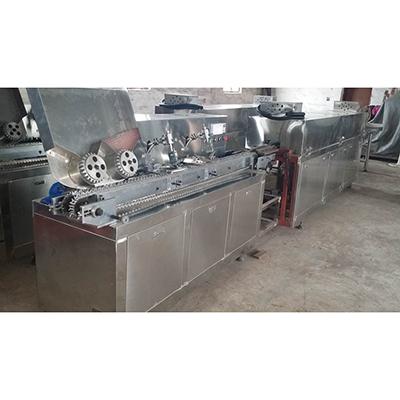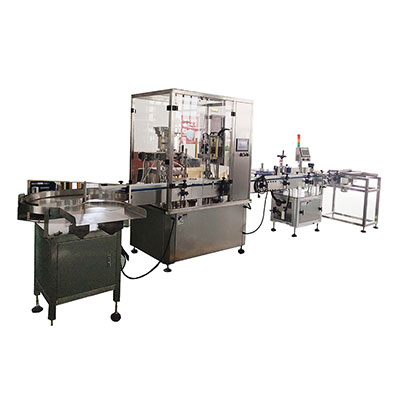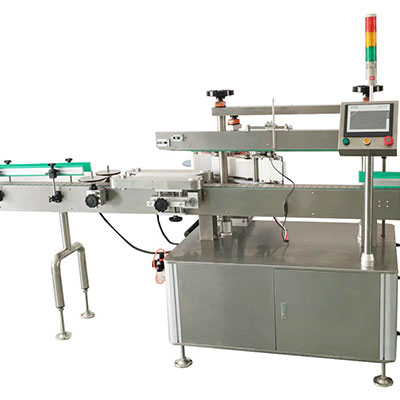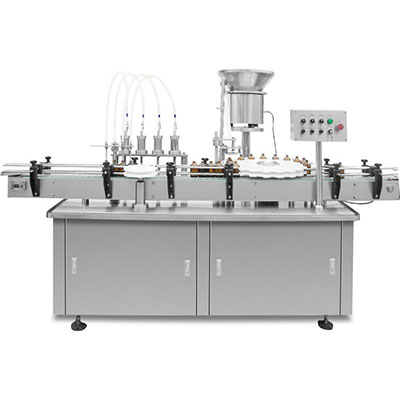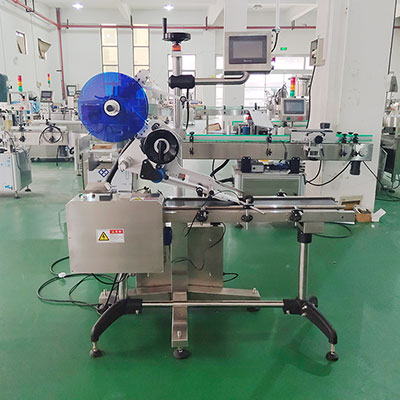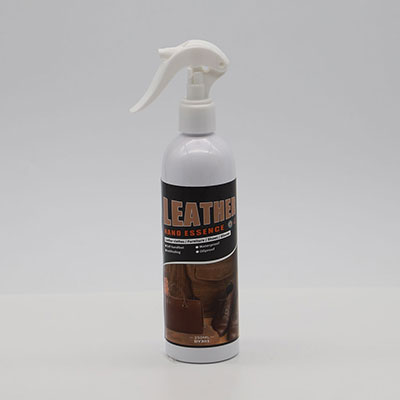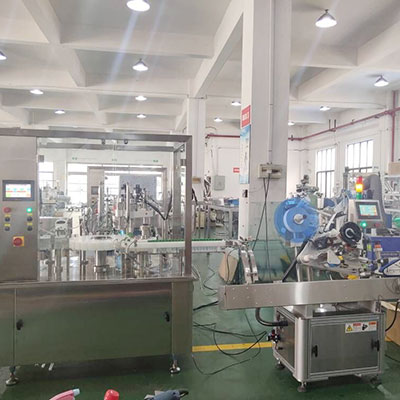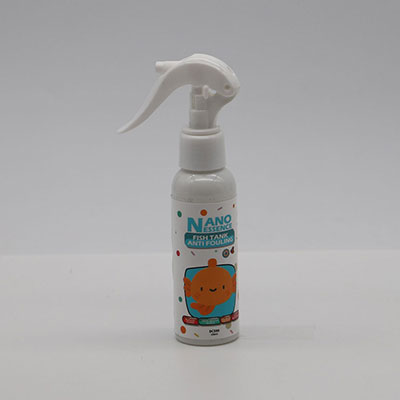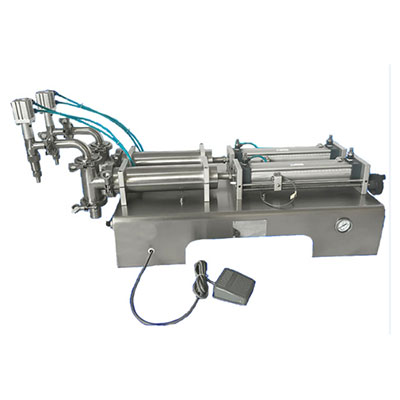Engineering Plastic Design
If you have concepts or samples, we are delighted to assist you to realize these ideas into reality. On the basis of your selected materials and favorable properties, we offer design service to cater to your demands for engineering plastics. Moreover, we give expertise and practical advice to you so that your production can be conducted in the most cost effective and fastest manner.
The followings are the aspects we put into consideration for design.
1. Material characteristics
We collect raw material information of engineering plastics for reference. It is forbidden to treat plastics as metals.
2. Matching materials
Engineering plastics are compatible with metals. If you want plastic to match with plastic, then we suggest the combination of plastics varied in hardness. For instance, POM matches with nylon 6A, incorporating with cooling liquid if necessary.
3. Tolerance determination
Engineering plastics come with larger thermal expansion than metals, and have moisture absorption property like nylon. Therefore, tolerance of plastic is always larger than that of metal. POM is the prime choice. Or, you can ask your suppliers to modify their engineering plastics.
4. Lubrication
If loading and speed are not causing overheat problem to materials, then there is no need for lubrication, and the proper measure is to adopt plastics consisting of solid lubrications such as graphite or molybdenum disulfide. However, if the material doesn't move too much, then it's better not to add graphite, because graphite corrodes metals in humid condition. Anyway, lubrication is always the best choice for prolonging lifespan of engineering plastics.
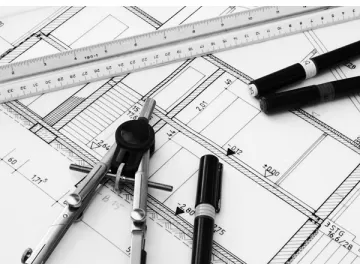
5. Elasticity
Plastics are born with creep movement, which brings permanent deformation after withstanding continuous loading in a long-term manner. This is the reason that engineering plastics are not able to offer same performance as metals when pressing and shrinking, especially there is a large temperature range. As a result, gears and bearings must be fixed in a certain place as keys, pins or rivets.
POM has the most minimal creep movement and largest rigidity among all engineering plastics, so POM acts like metal. Generally speaking, when an apparatus is fixed, deformation starts within the first 36 to 48 hours. Therefore, we suggest applying some low speed testing after first 48 hours, so as to obtain preliminary inspection on potential problems.
6. Avoiding shape edges
Both inner and outer side of engineering plastics are supposed to be free from shape edges. Shape edges drastically reduce impact strength. In order to minimize impact strength and minimize stress concentration, the outer corner and edge should be modified into round shapes, and outer diameter of inner corner should be enlarged to the possible scale.
7. Thermal resistance
Engineering plastics are endowed with more outstanding thermal resistance comparing to normal plastics. However, plastics all have poor thermal conductivity, leading to heat collecting. Therefore, these materials are not suitable for places that having higher temperature or fire. Otherwise, cooling liquid is a necessary assistance.
In addition, due to the prominent thermal insulation and high thermal expansion rate, we suggest that the section should be designed as thin as possible. Otherwise, the material will be easily worn by overheat generated by high speed or heavy load. Moreover, thin edges are also positive for cost reduction.
Links:https://www.globefindpro.com/products/39024.html
-
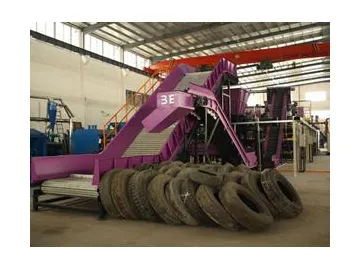 Tyre Recycling Plant
Tyre Recycling Plant
-
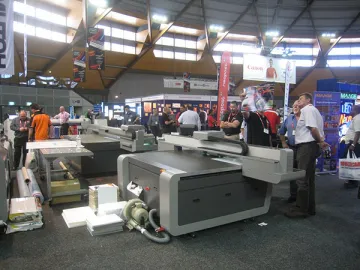 News Center
News Center
-
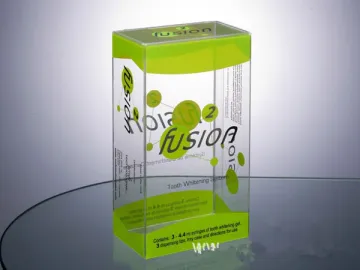 Blow Molding & Vacuum Forming
Blow Molding & Vacuum Forming
-
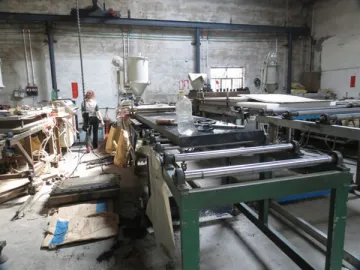 Manufacture Equipment
Manufacture Equipment
-
 Charity Activities
Charity Activities
-
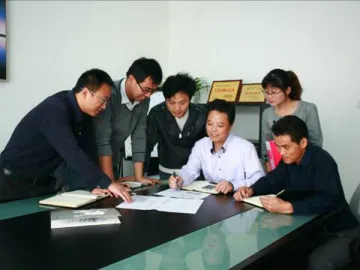 Guest Reception
Guest Reception
-
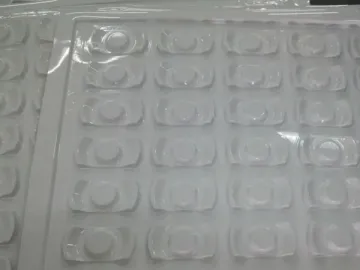 Albea Group in Indonesia (PET Sheet)
Albea Group in Indonesia (PET Sheet)
-
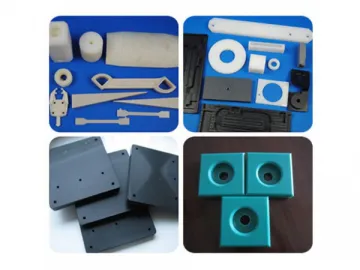 Turning and Milling Machining
Turning and Milling Machining
-
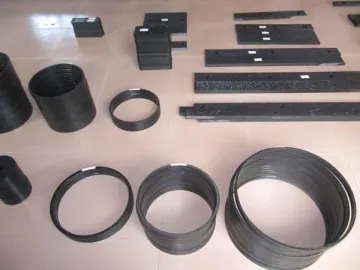 Nantong Shipyard (POM Sheet)
Nantong Shipyard (POM Sheet)
-
 Indoor Wireless Communications Solution
Indoor Wireless Communications Solution
-
 Port of Assab in The State of Eritrea (UHMWPE Fender)
Port of Assab in The State of Eritrea (UHMWPE Fender)
-
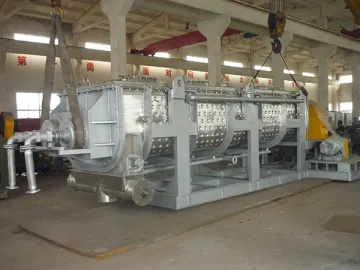 Drying Equipment
Drying Equipment


